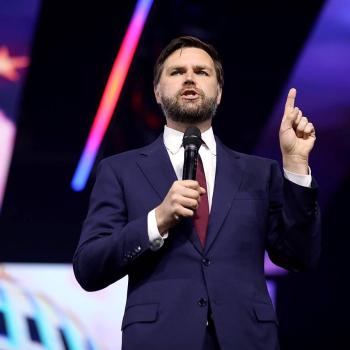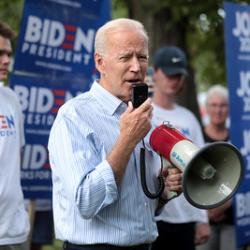Given the heated campaign season, here is a quick overview of my personal generalizations regarding political rhetoric: first, rhetoric, viewed as the effect of a particular text (broadly defined) upon a particular audience, is a political, cultural, and pedagogical practice. In this presidential election, I see four rhetorics: 1). There are practices – the oration, the ad, the papal encyclical, which possess a heresthetic dimension to strategy 2). There are institutions – political, legal, religious – which place constraints on practice 3). There is the communicative, such as television and the Internet (cognitively, the most effective is the written word by an admired or enviable person) 4). There is the cultural – dominant, residual-traditional, and emergent views of the ideal future – which a candidate seeks to exploit. Rhetorically, I myself am sympathetic to Platonism: acknowledging a need for public persuasion, but distrustful of the passions and factions of the demos. I am, in other words, “afraid” of the mob, not the elite or natural aristocracy. (In Greek, demagoguery means “leader of the people.” Like prejudice, it’s a “good” term made “bad.”) Plato’s writings on rhetoric offer us two powerful images: the points of triangle A are reason, to stand apart and see objectively; the appetite, driven by the needs of the audience; and the thymos, “the spirited.” Triangle B, correspondingly, is philosophy, the masses, the “spirited leaders” (who must be under guidance to serve the whole). The ideal is cooperative harmony. But in the context of today, I think a powerful political communicator takes what he wants the masses to believe and connects it, symbolically, rhetorically, and substantively, with what they already know and believe. Therein is the power of Obama and Palin.












